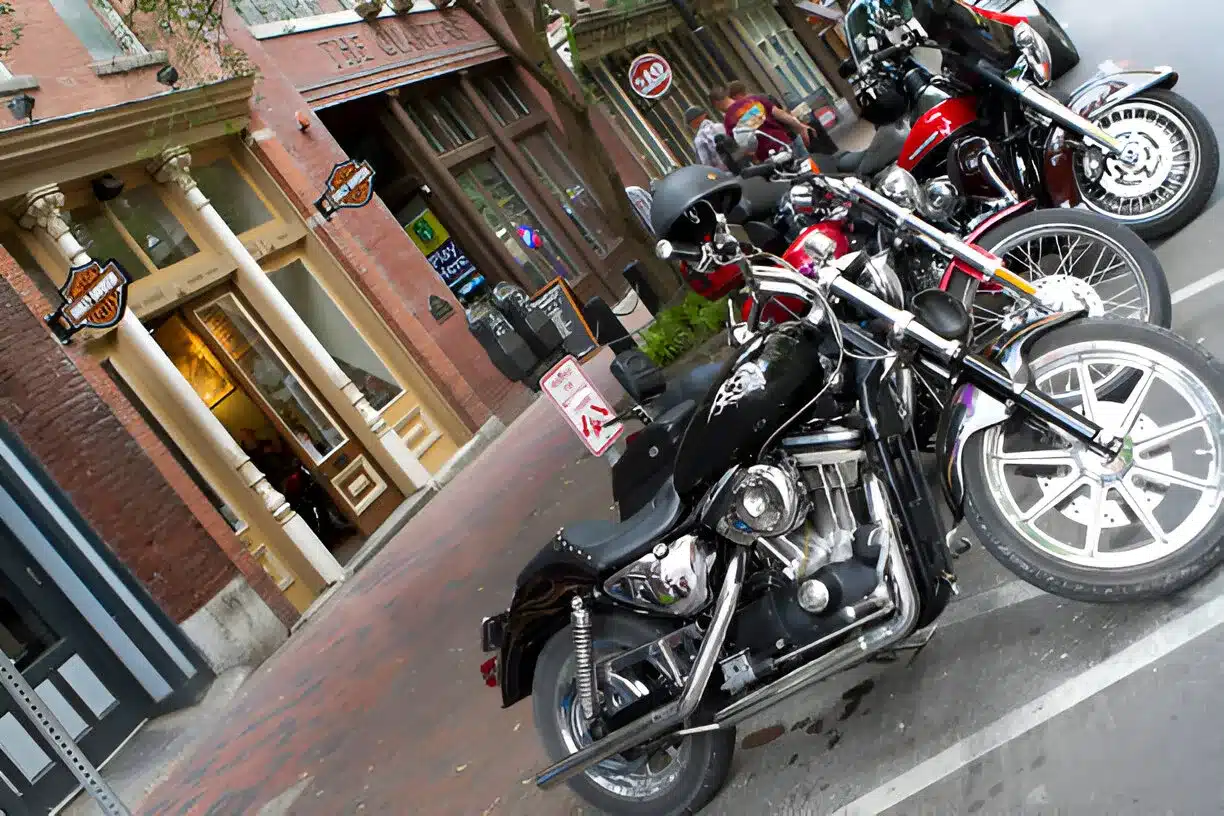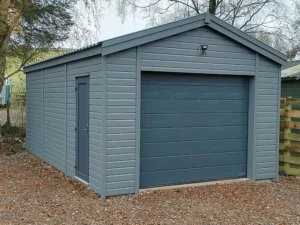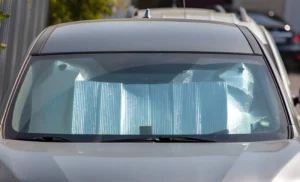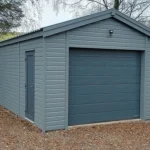Walking into a showroom and seeing your dream motorcycle sitting on the floor is an exciting experience—but it’s also a place where negotiation skills can save you hundreds or even thousands of dollars. While prices at a motorcycle dealership may seem fixed, there’s often more flexibility than you think.
Whether you’re a first-time buyer or a seasoned rider upgrading your ride, learning how to negotiate can make a big difference in what you pay. In this guide, we’ll break down the best tips for negotiating motorcycle prices at a dealership, what to ask, what to avoid, and how to walk away with a deal you feel confident about.
Do Your Research Before You Step Inside
Negotiation starts before you set foot in a showroom. The more you know about the motorcycle you’re interested in, the better equipped you’ll be to talk price.
Check MSRP and Invoice Pricing
- MSRP (Manufacturer’s Suggested Retail Price) is the price listed by the manufacturer. This is the number you’ll see on the price tag at the dealership.
- Invoice price is what the dealer actually pays the manufacturer for the bike. While it’s harder to find, there are tools and forums online that can give you a ballpark estimate.
Knowing these two numbers helps you gauge the dealer’s profit margin and gives you a realistic range for negotiation.
Compare Prices Locally and Online
Search local dealerships, online inventory, and motorcycle forums to find what others are paying for the same model. Regional demand can affect pricing, so being informed about local trends will help strengthen your position.
Time It Right
Timing can influence how flexible a dealer is on pricing. The end of the month, end of the quarter, and end of the year are prime times to negotiate, as sales teams are often trying to hit quotas. Shopping during the off-season—especially winter—can also improve your chances of getting a deal.
Understand What Impacts the Final Price
When you’re at a motorcycle dealership, the sticker price is just the starting point. Here’s what to consider:
1. Destination and Setup Fees
These are common add-ons that cover the cost of shipping the bike to the dealer and prepping it for sale. These fees can be negotiable or at least reduced, especially if the dealership is trying to close a sale quickly.
2. Documentation Fees
Dealers often charge for processing paperwork, title transfer, and registration. Ask for a breakdown of all fees and don’t hesitate to question anything that seems inflated.
3. Accessories and Add-ons
Some bikes come with extra features already installed—like windshields, luggage racks, or upgraded exhausts. If these aren’t must-haves for you, see if the dealer will remove them to lower the price or include them at no extra cost.
Tips for Negotiating the Best Deal
Set Your Budget First
Know how much you’re willing to spend, including fees, taxes, and accessories. Go in with a firm number in mind and be prepared to walk away if the deal doesn’t fit.
Don’t Reveal Your Maximum Budget
If a salesperson asks your budget early on, avoid revealing your top number. Instead, focus the conversation on the price of the bike and whether there’s room to come down from the asking price.
Ask for the “Out-the-Door” Price
Always ask for the full price including taxes, registration, and all fees. This prevents surprises when you’re ready to sign and ensures you’re negotiating based on the total cost—not just the MSRP.
Be Polite, But Firm
Negotiating doesn’t have to be aggressive. A confident, respectful approach goes a long way. Let the salesperson know you’re serious about buying—but only if the price makes sense for you.
Use Leverage Where You Can
- Mention quotes you’ve received from other dealerships.
- Ask if there are manufacturer rebates or dealer incentives available.
- If you’re paying cash or already pre-approved for financing, that may improve your negotiating position.
Bundle Your Negotiations
If you’re interested in accessories, a service plan, or riding gear, bundle them into the negotiation. Dealers are more likely to include extras or discounts if they know you’re buying multiple items.
What Not to Do During Negotiation
Even experienced buyers can make missteps. Here are a few common mistakes to avoid:
Don’t Rush the Process
Buying a motorcycle is a big decision. Take your time and avoid feeling pressured into a deal you’re unsure about.
Don’t Focus Only on Monthly Payments
Dealers may try to shift the conversation to what you can afford per month. This can hide the total cost of the bike, especially if you’re financing. Keep the focus on the full purchase price.
Don’t Fall in Love with a Single Model
Being emotionally attached to one bike can weaken your bargaining power. Keep a few options in mind so you have flexibility if one deal falls through.
Consider Used Bikes for Extra Bargaining Power
New motorcycles have limited wiggle room in price, but pre-owned bikes often offer more negotiating flexibility. If you’re open to a well-maintained used model, you may find better value—and more room to talk down the price.
When shopping used, ask:
- Has the motorcycle been serviced recently?
- Is there a maintenance record?
- What’s included in the price—any accessories or warranties?
- Can you take it for a test ride or have it inspected by a mechanic?
Negotiating for a used bike works similarly, but you’ll have more leverage based on condition, mileage, and service history.
Financing Tips That Can Save You Money
If you plan to finance your motorcycle, don’t assume the dealership offers the best loan terms. Compare offers from:
- Your bank or credit union
- Online lenders
- Third-party motorcycle loan providers
Getting pre-approved for financing before visiting a motorcycle dealership gives you negotiating power and a clear sense of your budget. Be sure to check interest rates, loan terms, and whether there are early payoff penalties.
Walk Away If You Need To
One of your strongest tools in negotiation is the willingness to walk away. If the price doesn’t meet your expectations or something feels off, it’s okay to leave. Often, the dealership will follow up with a better offer—or you’ll find a better deal elsewhere.
Final Thoughts
Knowing how to negotiate motorcycle price at a dealership can help you save money, avoid unnecessary fees, and walk away with more value for your investment. Preparation is key—so start with research, understand your budget, and don’t be afraid to ask questions.
Whether you’re looking at a new model or a gently used ride, every motorcycle dealership wants to close deals. If you approach the process with confidence and clarity, there’s a good chance you’ll get the bike you want at a price that works for you.
Also Read: The Hidden Costs of Minor Car Accidents and How to Protect Yourself










